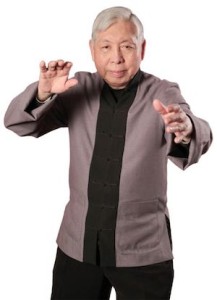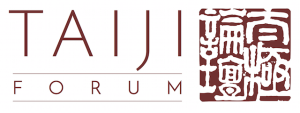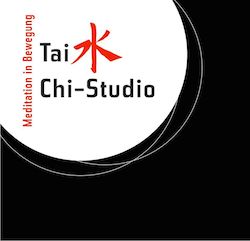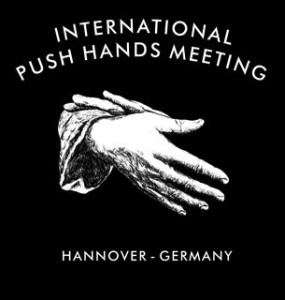Tai Chi Chuan Breathing
By William C. C. Chen — Jan 1, 2007
I begin my Tai Chi Chuan form with a full, gentle and deep exhalation, which clears my mind of unwanted thoughts, expels the waste energy from my lungs, and frees the space for incoming air with oxygen. I tilt slightly forward, sagging or flexing my hips, this is called Sung-Kwa (鬆胯), as if I were dropping off to sleep.
After a full exhalation, I inhale gently, which increases my awareness and energizes my thumbs, index and middle fingers. As I continue to inhale, these fingers drive my palms outward and upward, and my arms follow. My torso slowly straightens at the hip until it is vertical upright, and the first Tai Chi posture has been formed. At this point: my lungs are filled with oxygen, my mind is moderately awake.
To complete the full cycle of breathing and move to the next posture, I again exhale gently and fully, which decreases my awareness and de-energizes the fingers until they are no longer active. My palms and arms gradually fall downward and inward. My torso tilts forward slightly, my hips sag, my mind fades and begins to “fall asleep,” and the posture is dissolved. Then I gently and fully inhale again, my mind “wakes up” and shapes the next posture.
This natural interchange of the inhalation/exhalation, awareness/unawareness, and consciousness/unconsciousness demonstrates the contrast of “Yin” 陰 and “Yang” 陽, which is the Chinese philosophy presented in the Book of Changes (I Ching 易 經). When inhaling the mind is “Yang” active, positive and expansive. When exhaling, mind is “Yin” inactive, negative and receptive. In the 60 movements of Tai Chi Chuan: when my mind “falls asleep”, the body is de-energized, my hips sag, my torso tilts forward lightly and the posture is dissolved. This again is “Yin” 陰. Then my mind “wakes up”, body is energized, my torso straightens upright from the hips, and forming a new posture. This is “Yang” 陽. Read the whole article here “Tai Chi Chuan Breathing“
Author: William C. C. Chen
Images: Nils Klug



